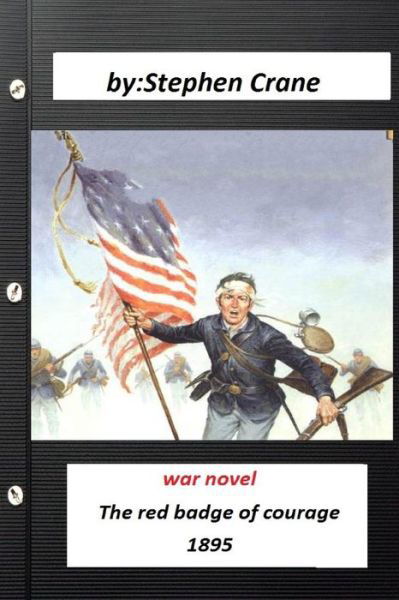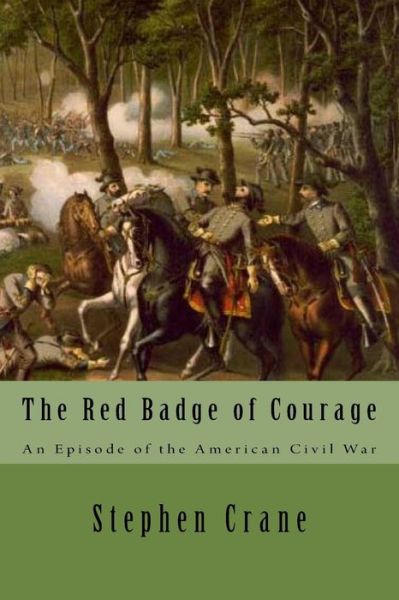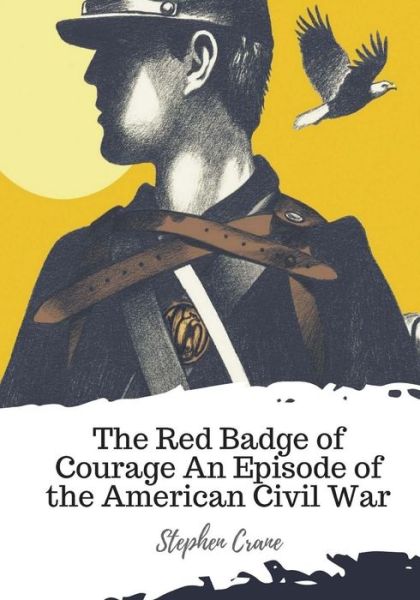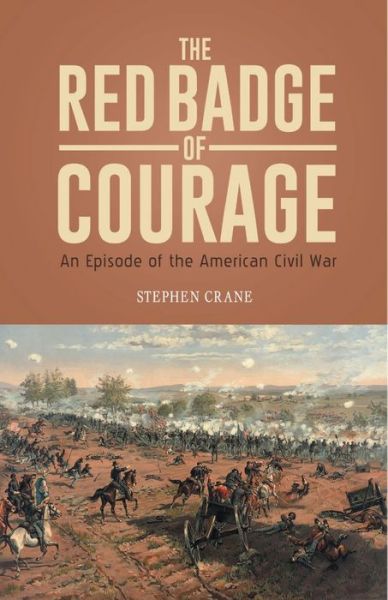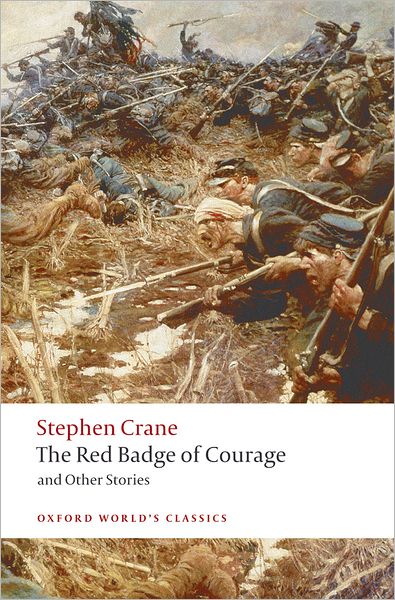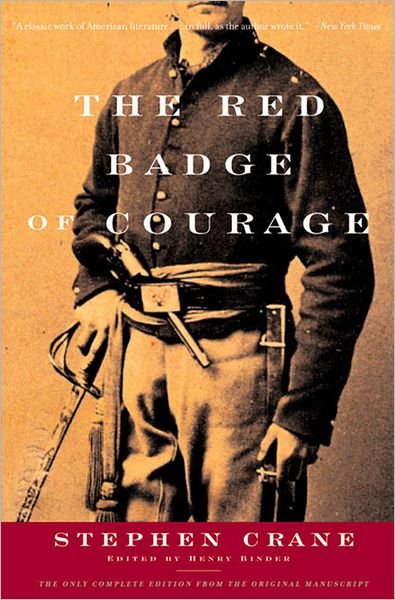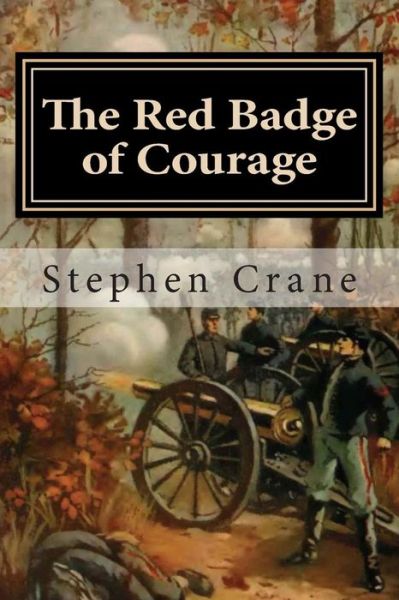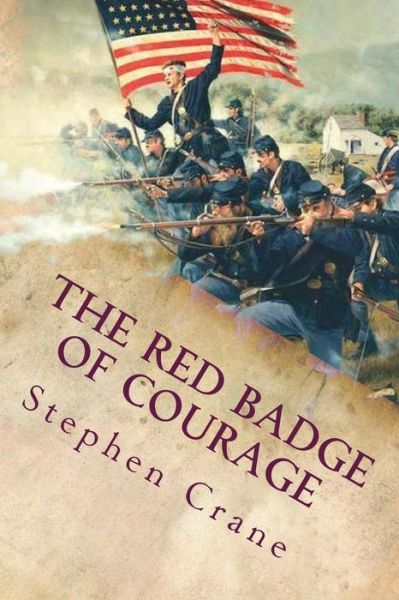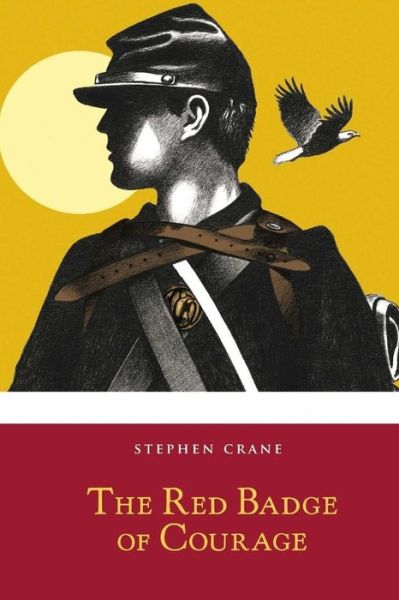
Tell your friends about this item:
The red badge of courage
Stephen Crane
Ordered from remote warehouse
 Christmas presents can be returned until 31 January
Christmas presents can be returned until 31 January

Also available as:
- Paperback Book (1981) $ 11.99
- Paperback Book (2018) $ 12.99
- Paperback Book (2015) $ 13.49
- Paperback Book (2016) $ 13.49
- Paperback Book (2017) $ 13.99
- Paperback Book (2014) $ 13.99
- Paperback Book (2016) $ 13.99
- Paperback Book (2017) $ 13.99
- Paperback Book (2014) $ 14.49
- Paperback Book (2018) $ 14.49
- Paperback Book (2010) $ 14.49
- Paperback Book (2014) $ 14.49
- Paperback Book (2016) $ 14.49
- Paperback Book (2016) $ 14.49
- Paperback Book (2015) $ 14.49
- Paperback Book (2015) $ 14.49
- Paperback Book (2015) $ 14.49
- Paperback Book (2016) $ 14.49
- Paperback Book (2015) $ 14.49
- Paperback Book (2014) $ 14.49
- Paperback Book (2013) $ 14.49
- Paperback Book (2017) $ 14.49
- Paperback Book (2014) $ 14.49
- Paperback Book (2016) $ 14.99
- Paperback Book (2016) $ 14.99
The red badge of courage
Stephen Crane
The Red Badge of Courage is a war novel by American author Stephen Crane (1871-1900). Taking place during the American Civil War, the story is about a young private of the Union Army, Henry Fleming, who flees from the field of battle. Overcome with shame, he longs for a wound, a "red badge of courage," to counteract his cowardice. When his regiment once again faces the enemy, Henry acts as standard-bearer, who carries a flag. Although Crane was born after the war, and had not at the time experienced battle first-hand, the novel is known for its realism. He began writing what would become his second novel in 1894, using various contemporary and written accounts (such as those published previously by Century Magazine) as inspiration. It is believed that he based the fictional battle on that of Chancellorsville; he may also have interviewed veterans of the 124th New York Volunteer Infantry Regiment, commonly known as the Orange Blossoms. Initially shortened and serialized in newspapers in December 1894, the novel was published in full in October 1895. A longer version of the work, based on Crane's original manuscript, was published in 1983. The novel is known for its distinctive style, which includes realistic battle sequences as well as the repeated use of color imagery, and ironic tone. Separating itself from a traditional war narrative, Crane's story reflects the inner experience of its protagonist (a soldier fleeing from combat) rather than the external world around him. Also notable for its use of what Crane called a "psychological portrayal of fear", the novel's allegorical and symbolic qualities are often debated by critics. Several of the themes that the story explores are maturation, heroism, cowardice, and the indifference of nature. The Red Badge of Courage garnered widespread acclaim, what H. G. Wells called "an orgy of praise", shortly after its publication, making Crane an instant celebrity at the age of twenty-four. The novel and its author did have their initial detractors, however, including author and veteran Ambrose Bierce. Adapted several times for the screen, the novel became a bestseller. It has never been out of print and is now thought to be Crane's most important work and a major American text..................... Stephen Crane (November 1, 1871 - June 5, 1900) was an American poet, novelist, and short story writer. Prolific throughout his short life, he wrote notable works in the Realist tradition as well as early examples of American Naturalism and Impressionism. He is recognized by modern critics as one of the most innovative writers of his generation. The ninth surviving child of Protestant Methodist parents, Crane began writing at the age of four and had published several articles by the age of 16. Having little interest in university studies though he was active in a fraternity, he left Syracuse University in 1891 to work as a reporter and writer. Crane's first novel was the 1893 Bowery tale Maggie: A Girl of the Streets, generally considered by critics to be the first work of American literary Naturalism. He won international acclaim in 1895 for his Civil War novel The Red Badge of Courage, which he wrote without having any battle experience. In 1896, Crane endured a highly publicized scandal after appearing as a witness in the trial of a suspected prostitute, an acquaintance named Dora Clark. Late that year he accepted an offer to travel to Cuba as a war correspondent. As he waited in Jacksonville, Florida for passage, he met Cora Taylor, with whom he began a lasting relationship. En route to Cuba, Crane's vessel the SS Commodore sank off the coast of Florida, leaving him and others adrift for 30 hours in a dinghy. Crane described the ordeal in "The Open Boat". During the final years of his life, he covered conflicts in Greece (accompanied by Cora, recognized as the first woman war correspondent) and later lived in England with her.....
| Media | Books Paperback Book (Book with soft cover and glued back) |
| Released | February 4, 2018 |
| ISBN13 | 9781985048423 |
| Publishers | Createspace Independent Publishing Platf |
| Pages | 92 |
| Dimensions | 203 × 254 × 5 mm · 199 g |
| Language | English |
More by Stephen Crane
More from this series
See all of Stephen Crane ( e.g. Paperback Book , Hardcover Book , Book , CD and MP3-CD )






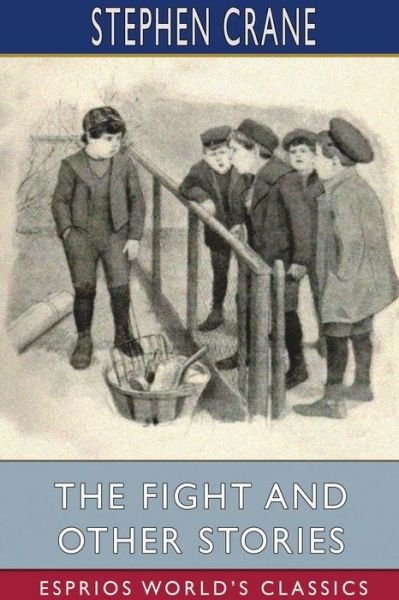


![Cover for Stephen Crane · Red Badge of Courage (Royal Collector's Edition) (Case Laminate Hardcover with Jacket) (Book) [Royal Collector's edition] (2022)](https://imusic.b-cdn.net/images/item/original/331/9781774769331.jpg?stephen-crane-2022-red-badge-of-courage-royal-collector-s-edition-case-laminate-hardcover-with-jacket-book&class=scaled&v=1685697658)


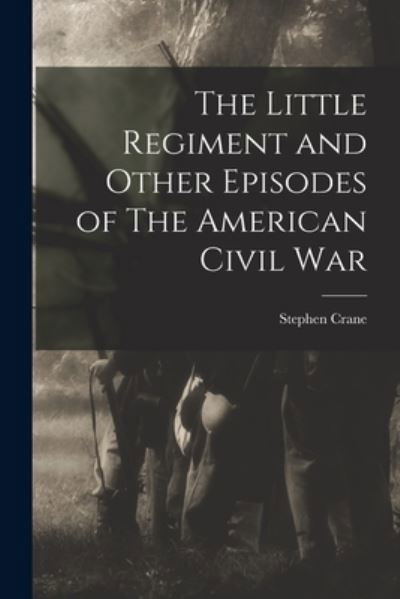


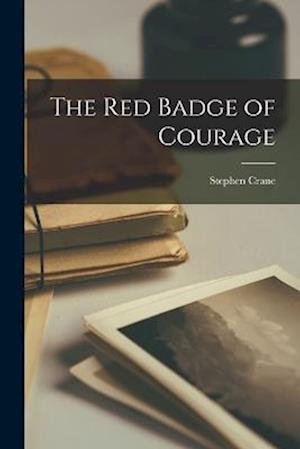
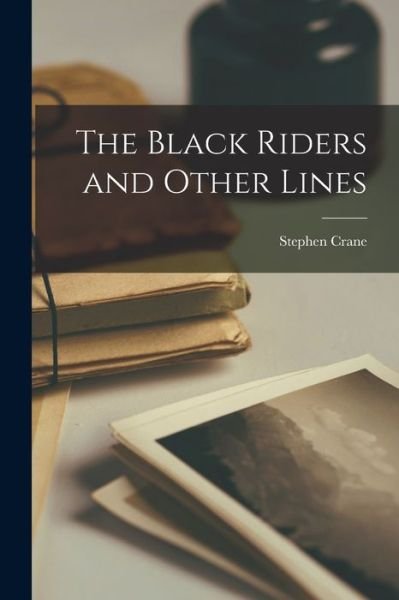
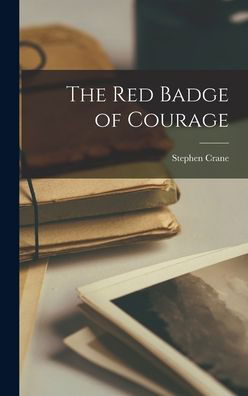

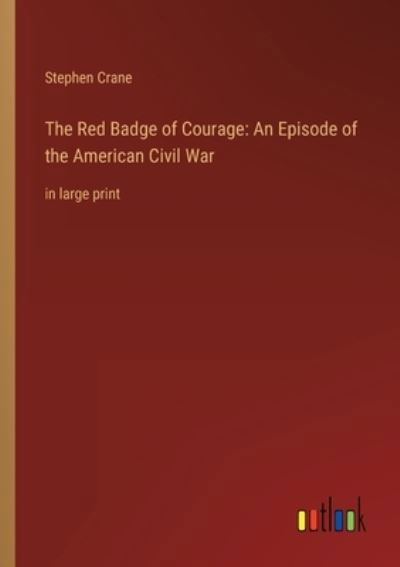
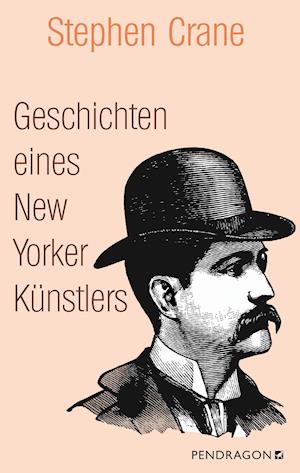
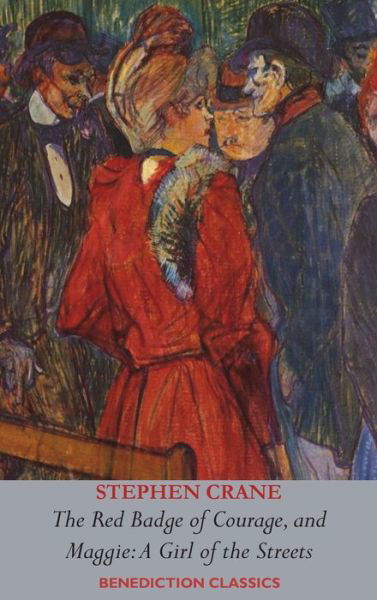
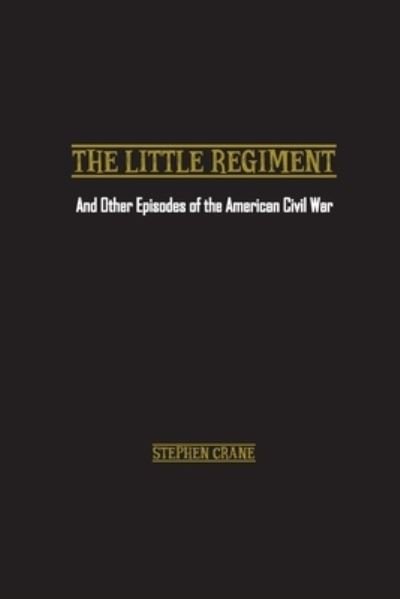
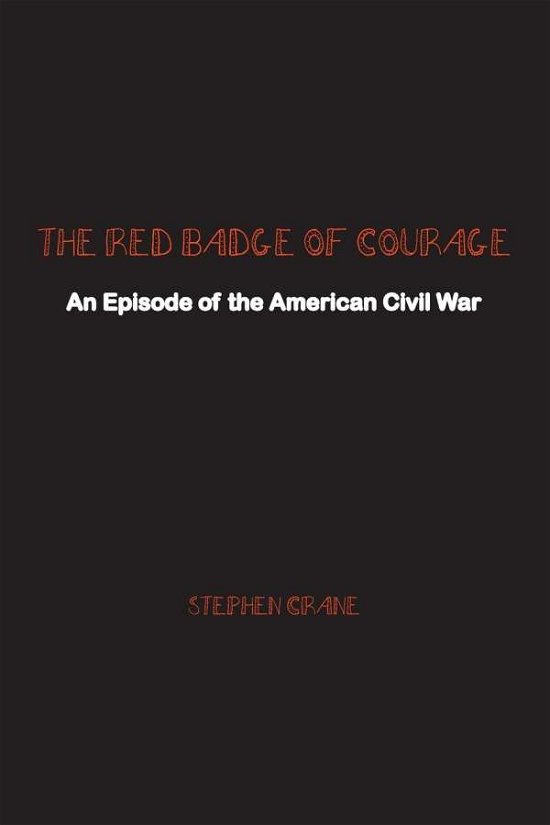
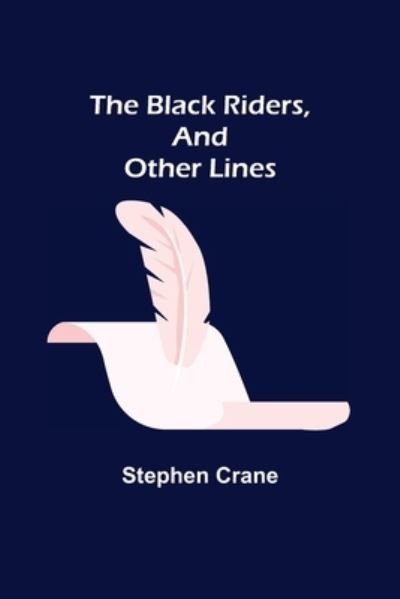

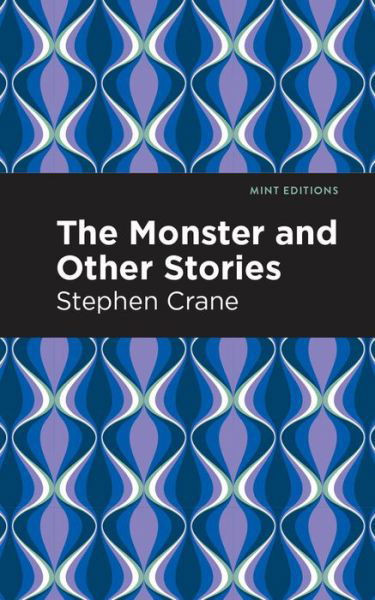
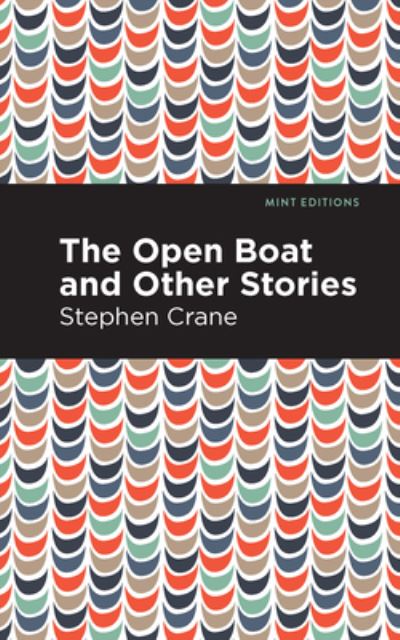
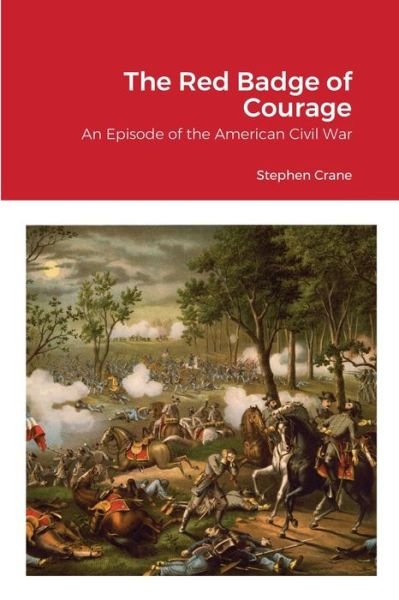
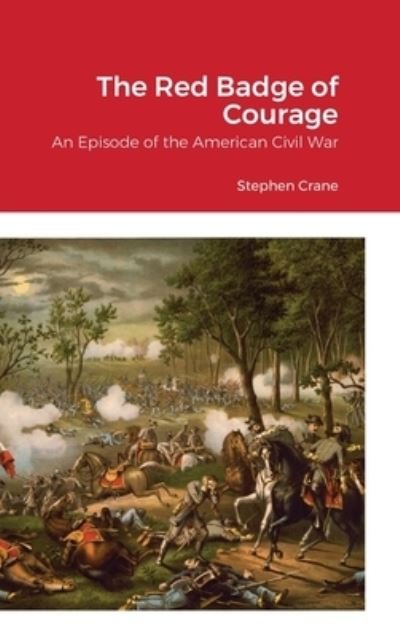
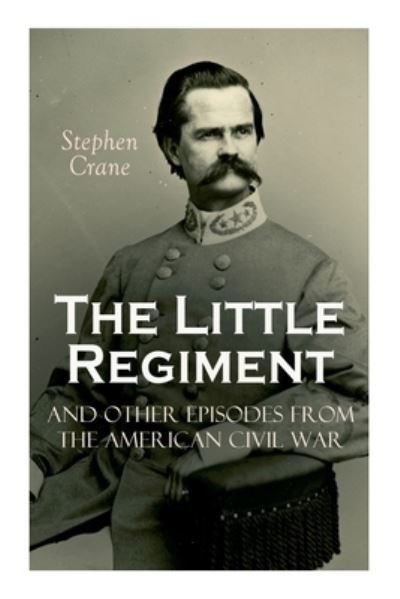
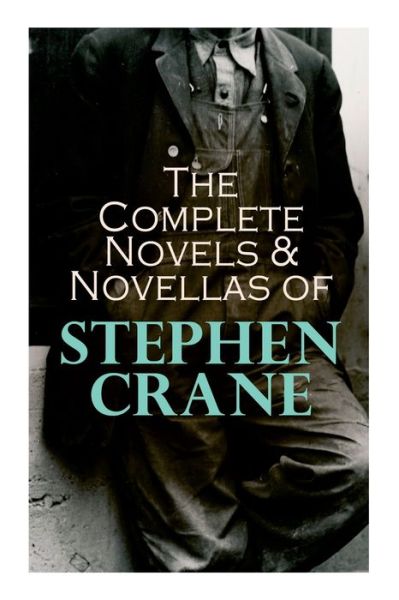
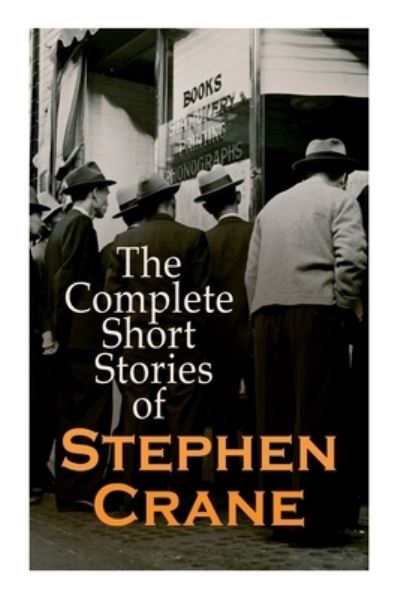
![Cover for Stephen Crane · The Red Badge of Courage & "The Veteran" - Modern Library Classics (Paperback Book) [2000th Ed. edition] (2000)](https://imusic.b-cdn.net/images/item/original/206/9780679783206.jpg?stephen-crane-2000-the-red-badge-of-courage-the-veteran-modern-library-classics-paperback-book&class=scaled&v=1598973855)
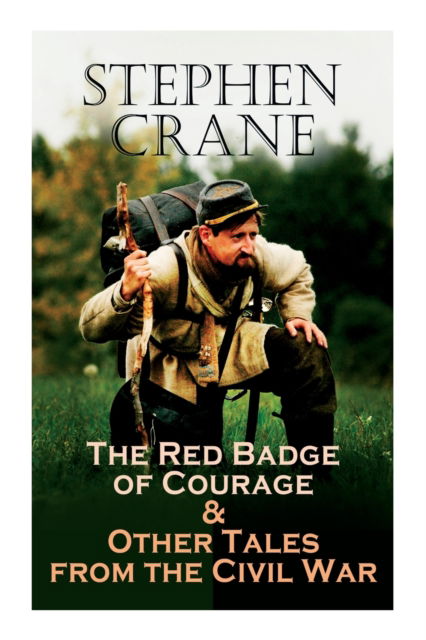
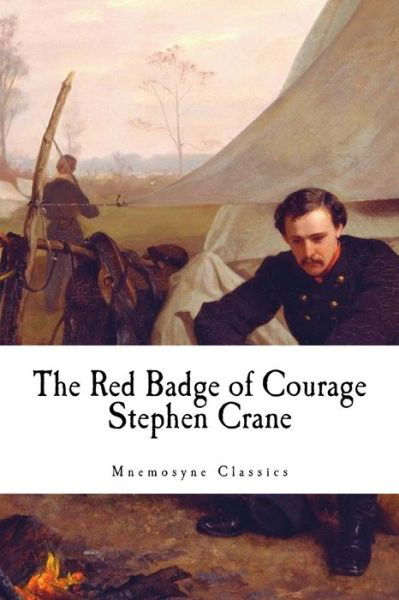
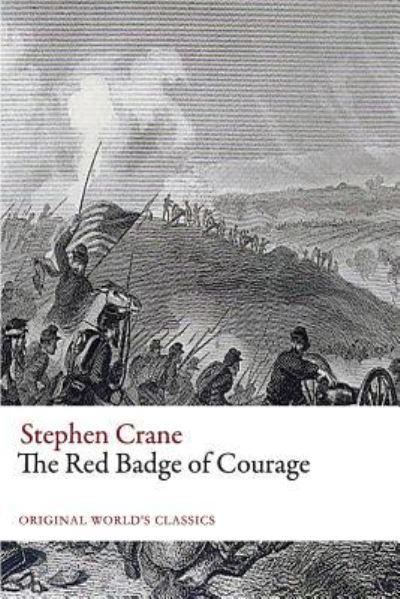


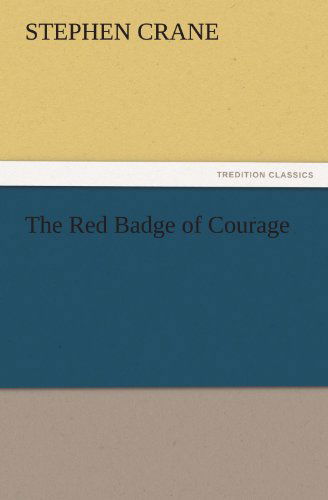
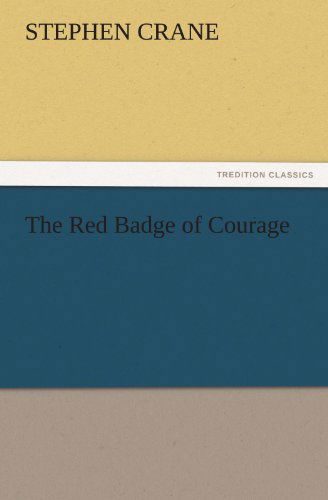

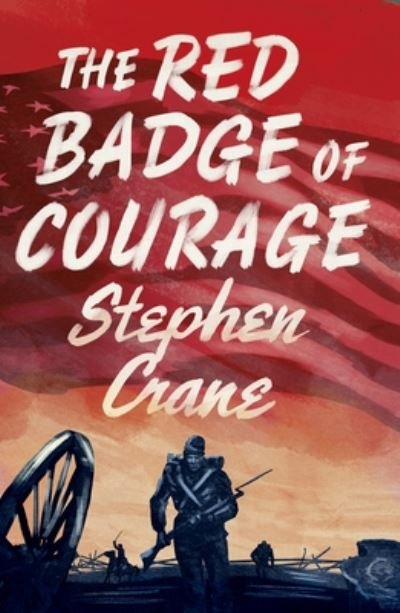
![Cover for Stephen Crane · The Red Badge of Courage - Collins Classics (Paperback Book) [Edition edition] (2011)](https://imusic.b-cdn.net/images/item/original/200/9780007902200.jpg?stephen-crane-2011-the-red-badge-of-courage-collins-classics-paperback-book&class=scaled&v=1408035733)
![Cover for Stephen Crane · The Red Badge of Courage - Enriched Classics (Paperback Book) [Enriched Classic edition] (2005)](https://imusic.b-cdn.net/images/item/original/254/9781416500254.jpg?stephen-crane-2005-the-red-badge-of-courage-enriched-classics-paperback-book&class=scaled&v=1470581127)
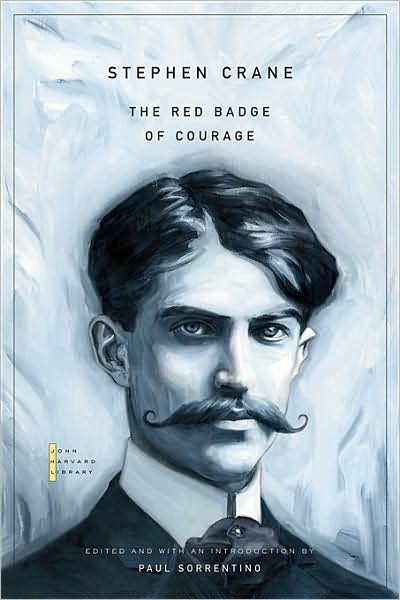
![Cover for Stephen Crane · The Red Badge of Courage - Vintage Classics (Paperback Book) [Reprint edition] (2014)](https://imusic.b-cdn.net/images/item/original/847/9780804168847.jpg?stephen-crane-2014-the-red-badge-of-courage-vintage-classics-paperback-book&class=scaled&v=1410248741)
